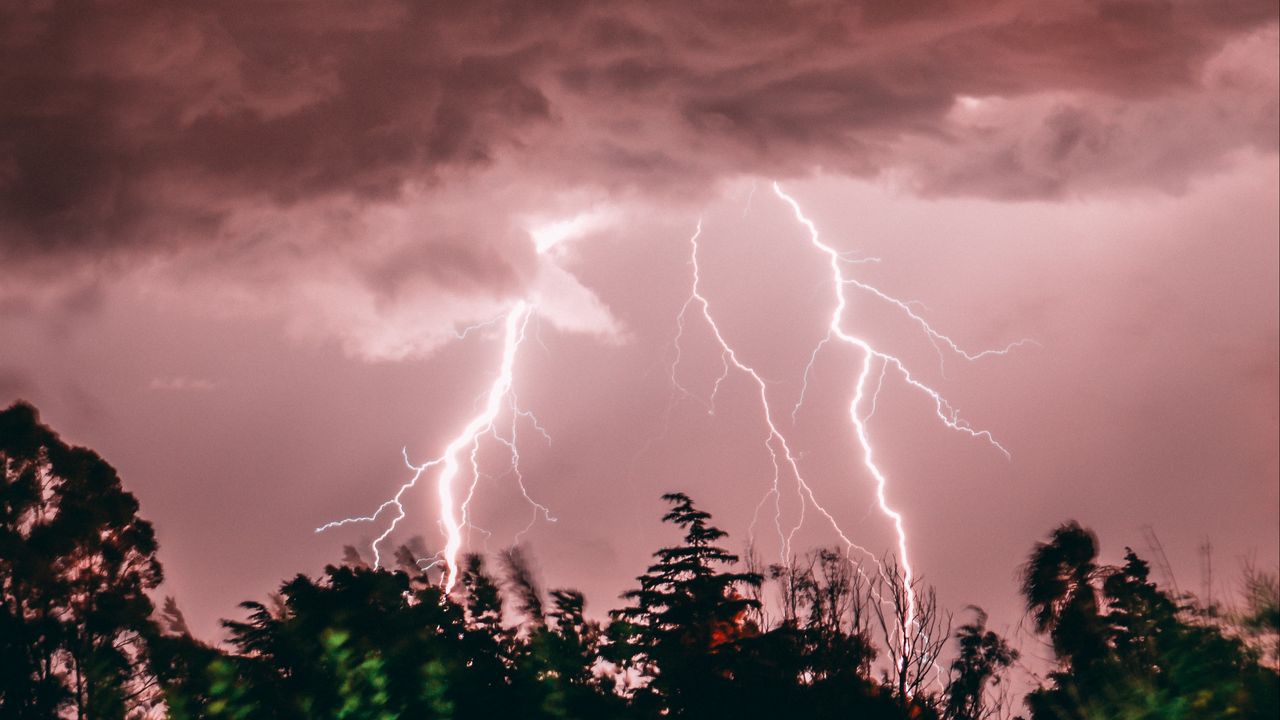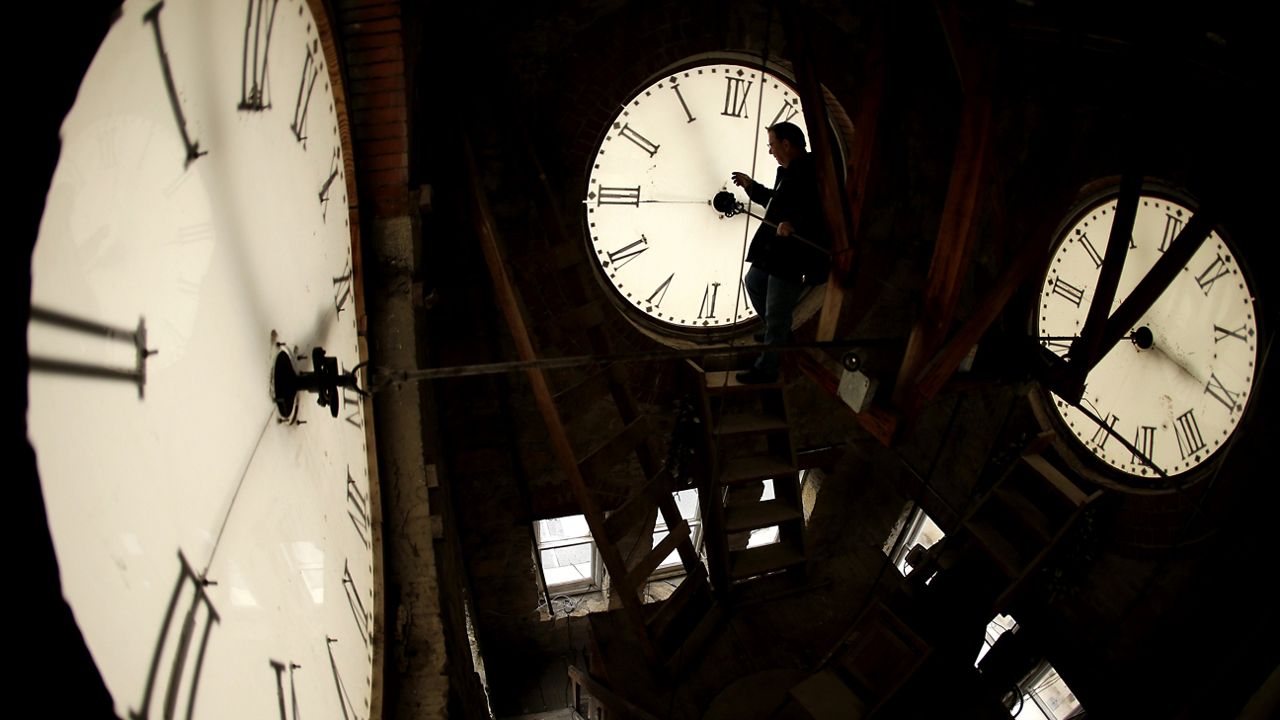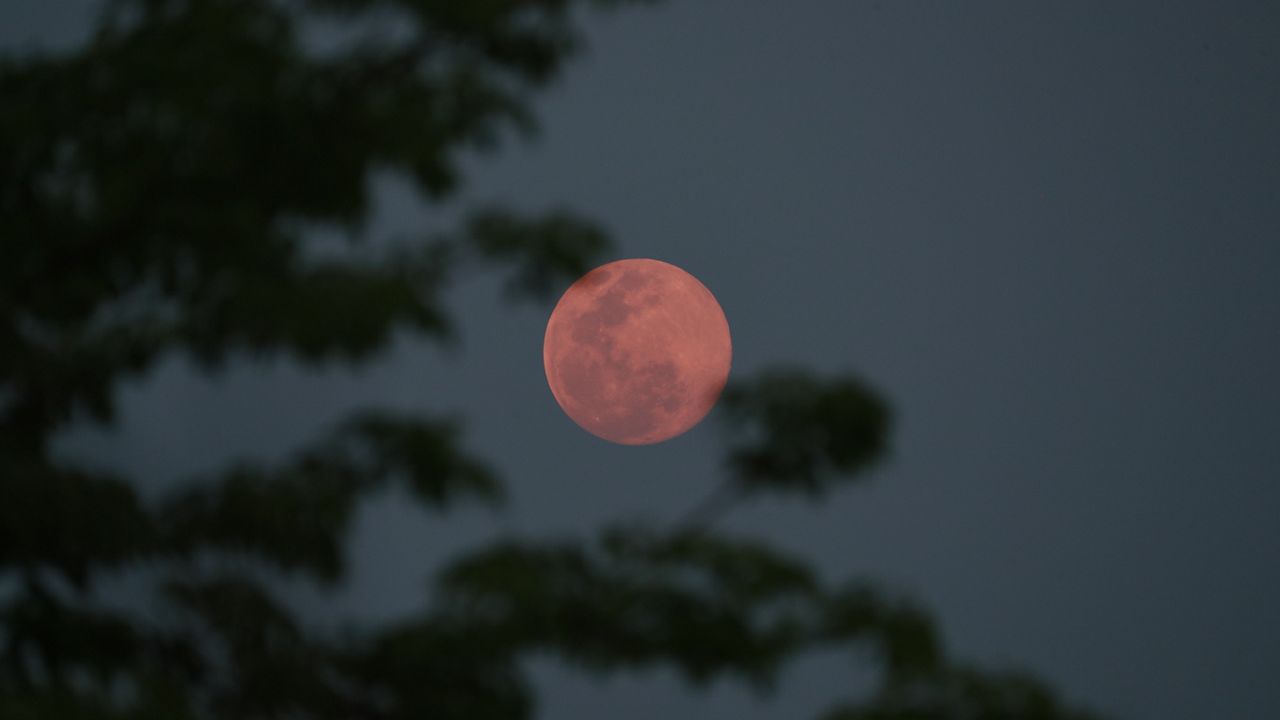Lightning is one of nature's most awe-inspiring displays, shooting out and forking in different directions and able to reach locations 10 to 15 miles away from the parent storm.
One bolt can reach up to 50,000 degrees, or five times hotter than the surface of the sun.
What You Need To Know
- Florida is number two in total lightning counts per state
- The state is number one in total lightning density in the U.S.
- Volusia and Seminole Counties top the lightning density list
- Overall, the U.S. lightning count is down
Florida is no stranger to this force of nature due to the peninsula's favorable environment for frequent thunderstorms throughout our wet season.
Therefore, it is unsurprising that Florida scored high on lists within Vaisala's 2020 Lightning Report, ranking number one in lightning density. More than any other state, Florida saw 194 lightning events per square mile throughout the year.
Florida contributed to some 170 million total lightning events across the United States in 2020. This may sound like a staggering number, but it actually revealed a decline in lightning activity, with 2020 having fewer events compared to 2019.
Chris Vagasky, Vaisala meteorologist and Lightning Applications Manager, explained why there was less lightning nationally last year.
He noted, "between April and June, a persistent ridge over typically lightning-prone regions like the Central Plains and the Gulf Coast reduced instability and suppressed thunderstorm development. The high pressure then moved over the Four Corners region during monsoon season and effectively created a 'nonsoon,' with near record-low lightning in Arizona, Nevada, and Utah."
While lightning in 2020 was below average for much of the country, Central Florida and the Space Coast saw more lightning than normal according to the report.
Volusia and Seminole counties registered the highest stroke density statewide.
"Florida overall saw 91% of its average lightning in 2020," said Vagasky. "During the spring and summer months, there was lower than normal atmospheric instability over much of the state. This limits the intensity of thunderstorms that do develop, reducing the amount of lightning."
The company's uniformly distributed network of about 100 lightning detection sensors collects the data.
"These sensors listen for radio waves produced by lightning, and when three or more sensors identify the same radio wave, we calculate the precise time and location where the lightning occurred. From the time lightning occurs to the time the data is provided to a user is about 12 seconds."
Although we are currently in the dry season, winter cold fronts can bring an opportunity for dangerous lightning events. Therefore, it is always a good time to review lightning safety tips with your family.
When storms approach, you can track where they are with our Spectrum News App when you are away from your tv. And remember, "when thunder roars, go indoors!"








